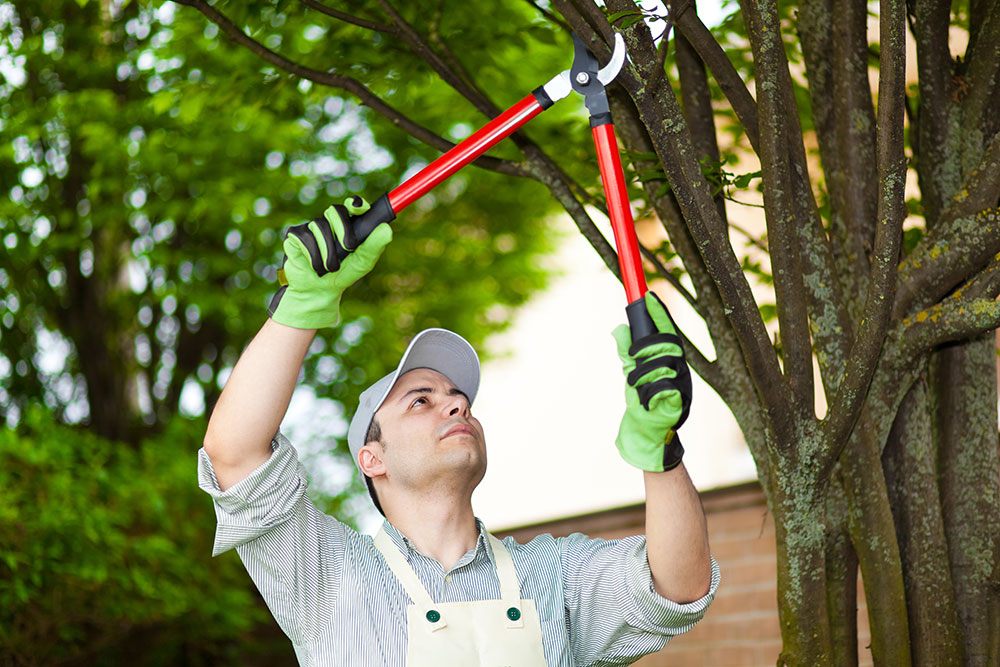If you’re a homeowner, watching your trees grow and blossom throughout the year is different. But as anyone who has owned a tree knows, keeping them healthy and strong requires more effort than just standing back and admiring their beauty: it also involves proper and timely pruning. Pruning is essential for numerous reasons—not only does it maintain the overall health of your trees by encouraging growth, but it can also keep those around them safe from any dangerous branches or limbs that could break in high winds or heavy rains.
Knowing when to prune your trees can be tricky; too early or too late might do more damage than good. This article will provide expert advice on how often you should prune your trees, so they stay healthy and beautiful all season long.
What kind of pruning is necessary?
The type of pruning you’ll need depends on the tree species. For hardwoods, pruning should be done in late winter or early spring before bud break and flowering; this allows for proper pruning before the start of active growth. Conifers, such as spruce and pine trees, can also benefit from pruning in late winter, but pruning during the growing season is still possible.
When pruning oakleaf hydrangeas, for example, it is best to prune them back in early spring before new growth begins, as pruning during the growing season can reduce flowering. When pruning any tree, however, it is vital to ensure no live branches are removed—this will encourage healthy new growth.
What trees need pruning?
Most trees need some form of pruning to maintain good health. Pruning can help keep the tree’s shape and size, remove dead or damaged branches, and reduce the risk of falling branches or limbs—all of which improve safety around your home.
Trees that may require more frequent pruning include deciduous fruit trees like apples and pears, which should be pruned annually to ensure a good yield. Evergreen trees such as junipers or pines may require less frequent pruning—once every two to three years is usually sufficient, although some species may need more frequent pruning due to their fast-growing nature.
When should pruning take place?
The best time to prune depends on the species of tree, as well as its individual needs. Generally speaking, it is best to prune trees in late winter or early spring before bud break and flowering; this will ensure that any cuts will only affect new growth. Pruning during the growing season is also possible, but it is crucial to ensure no live branches are being removed.
For certain trees, such as oaks, it may be better to wait until late winter or early spring when their sap flow has slowed down; pruning while the sap is flowing can make them more susceptible to diseases. However, if a branch appears dead or diseased at any time of the year, it should be removed immediately.

How to prune trees?
Before you start pruning your trees, it’s essential to understand the basics of how to do it properly. Pruning shears and loppers are invaluable tools for smaller branches; a handsaw or pole saw will be needed for larger limbs. It is also essential to understand tree anatomy—this includes identifying where the branch collar and the branch bark ridge are located, as this will be important when making cuts.
When pruning your trees, make sure to cut back only as much as is necessary—this will encourage healthy new growth and reduce the risk of over-pruning. Make sure to use proper cutting techniques such as heading or thinning cuts, and avoid jagged or flat cuts, as these can lead to decay.
What safety precautions should I take?
When pruning trees, it is crucial to take the necessary safety precautions. Wear protective gear such as gloves, goggles, and a hard hat if needed; this will reduce the risk of injury from falling branches. Using a stable ladder or platform when pruning taller trees is also essential—do not attempt to prune higher branches without proper safety equipment and support.
It can also be helpful to have someone nearby who can assist you if needed; they can help by providing additional stability and spotting any potential hazards.
Finally, ensure to dispose of any tree debris properly—mulching or chipping the pruned branches can help add nutrients to your soil.
Tips and tricks for pruning trees?
When pruning trees, using the “three-cut” technique can be helpful. It involves making three cuts when removing a branch—the first cut is made at least a few inches from the trunk and should be angled away from it; the second cut is made a few inches further out, parallel to the first cut; the third cut is made at the branch collar, which should be done in a direction that follows the natural curve of the trunk.
When pruning larger trees, it may be helpful to use rope techniques or wooden wedges; these provide additional support when cutting large limbs and help reduce the risk of injury. To ensure clean cuts, always use sharp tools; dull blades can cause damage to the tree and make it more susceptible to diseases.






